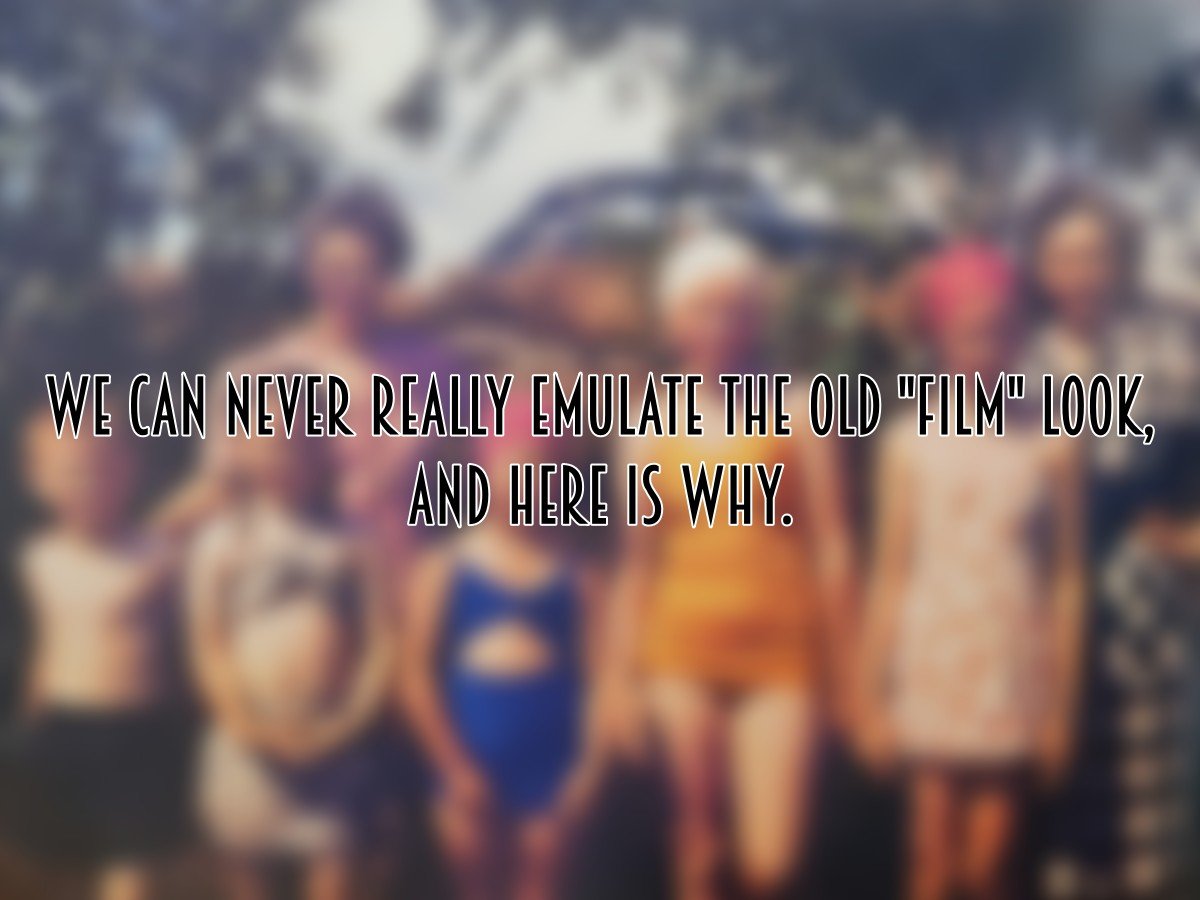

I have been wondering for a long time, “what makes old film photographs so great?”. I’ve studied books filled with Kodachrome images, books of old images in general, studied old family photos and more. I’ve also, as many of you know, tried to replicate this, by using film up until a few years ago, by using film simulation colour profiles in cameras and by using LUTs and presets. However, I’ve come to a conclusion, which I would like to share with you.
Looking back.
First of all, yes, old photographs taken on film cameras have a certain look. It can be the deep shadows, vibrant colours and grain on some images, or the murky grey shadows, controlled highlights and light leaks of other images. It can be the faded look, where colours have faded over the years, or just the old black and white images we see so often. However, as much as we try and emulate this look, images still rarely look like the images we see from the past.
And that is exactly what it is. The images look like they have a certain “look”, because they do, and it is not about the film stock used!
Look at the people in these photographs. The clothes they are wearing, the hairstyles, the accessories they wear, the objects around them and their environment.
Look at the cars in the photograph, the old buildings, the transport vehicles and the everyday things that are in those photographs. Even the simple things like the wallpaper used will tell you all you need to know.








Capturing the look.
Capturing the “look” of old photographs is not simply about the colour of the film, the film stock used or anything to do with the camera. These images look and feel the way they do, because they capture a very specific time and place.
You’ll very rarely capture the “look”, because people, places and objects simply don’t look like they used to anymore. The world has changed, the way the world “looks” now is very different, so using a colour palette to emulate a film stock from the time, just doesn’t look authentic, because the actual film stock or colour palette is only a tiny part of the bigger picture.
But there are times you may be able to capture a fleeting glimpse of the past. For example, a vintage car show, where you isolate a car from a bygone era, or an old, unused building or sign, or a person dressed in period clothing. If you search for it, there are potential glimpses of the past that might just let you capture a tiny bit of the “look”.
What should we do?
I’ve been thinking about this long and hard. While it is fun to emulate the colours of the past, and knowing that the “look” is not defined by these colours, but far more defined in the actual history itself, documenting people and places today would really work better capturing the present in as realistic colours as possible.
Imagine your children, or your children’s children looking through images with realistic colours. They will have the privilage of seeing the photograph in the world it was taken, right down to the correct colours. However, to them, they will see our images, as we see the images of bygone days, but even more accurately, because we can bless them with that.
Our future generations will still think our images have a “look”, because what they see will be very different to what they have become. The “look” is the then and now, it’s the material things around us, not the colour palette of the film stock or digital colour profile, but the people, places and objects within it.
So, there is no “film look”.
As much as we want to achieve the “film look”, in reality, we are just matching a colour palette, contrast and imperfections. We’re trying to emulate a film-stock look, however, they will rarely, if ever look like those great images of old, because we are no longer in those times that we want to emulate. We can rarely emulate the look with modern film, let alone digital.






